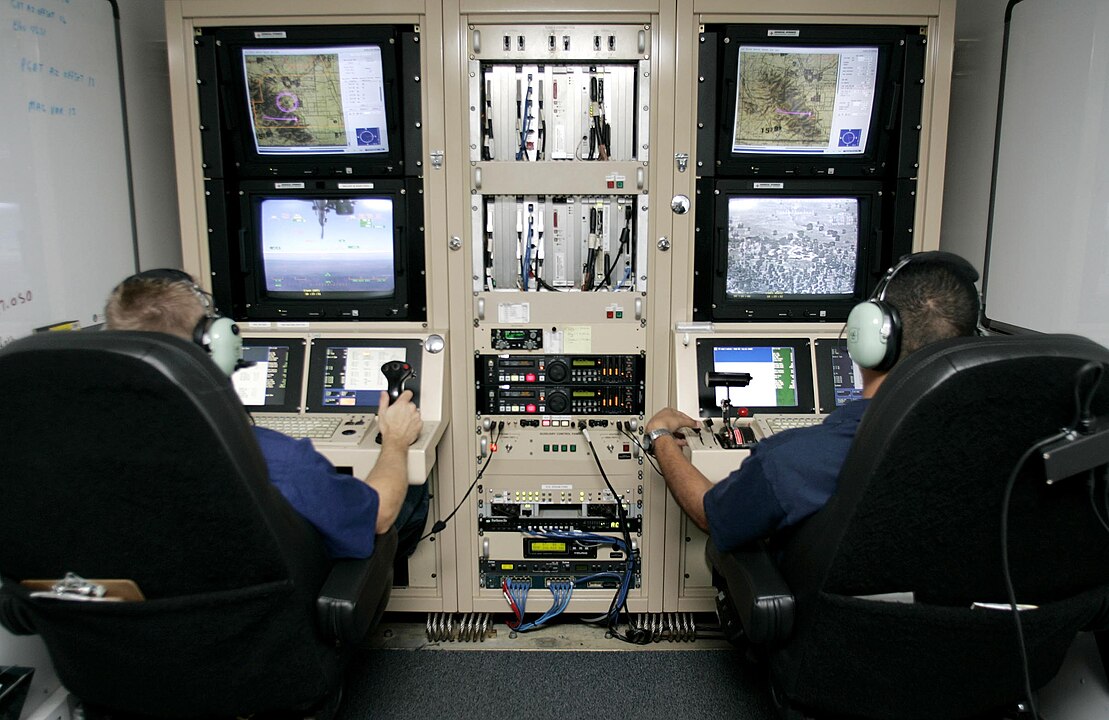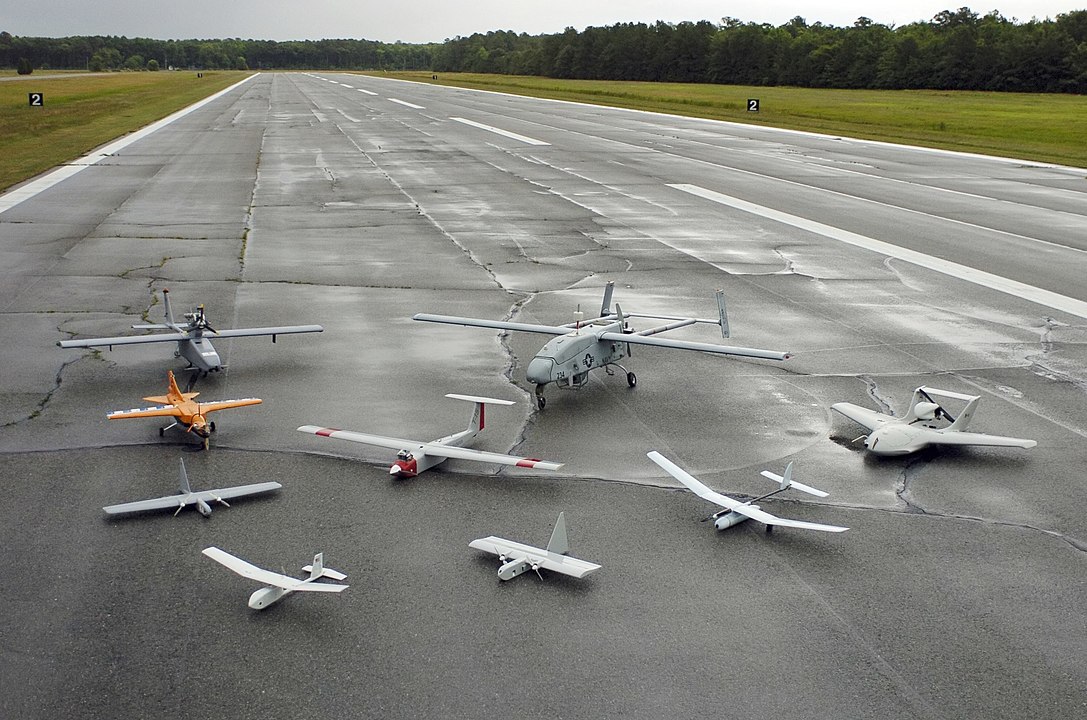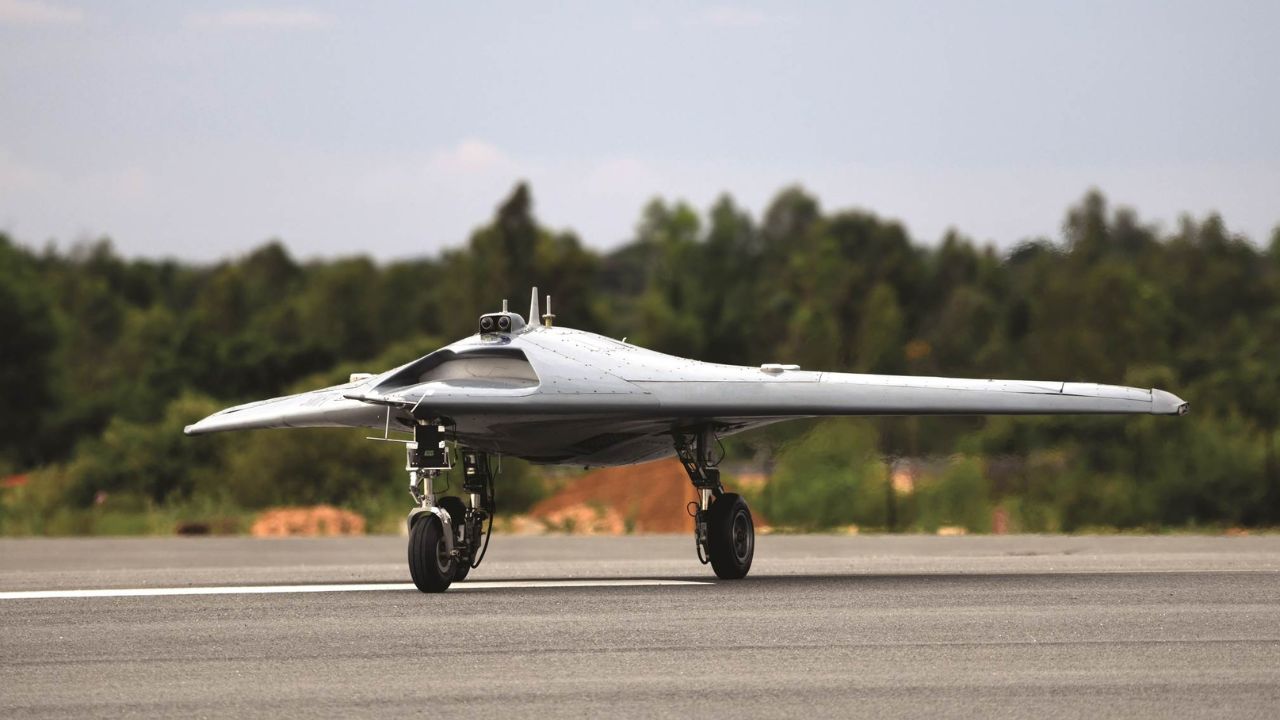Drones changed the rules. They scout quietly, strike from odd angles, and swarm in ways that overwhelm old defenses. You can buy parts online, assemble them quickly, and adjust tactics overnight. That speed is why the Army is moving fast. The goal is simple: field lots of useful drones, stop enemy drones at every layer, and teach units to fight in a sky buzzing with small machines.
This is not just about buying gadgets. It is about rewiring how soldiers sense, move, shoot, and survive. The Army is pushing new drones to squads, new sensors to formations, and new countermeasures to bases and vehicles. The pace feels urgent because the battlefield changed while everyone was watching.
Why drones changed the playbook

Small drones collapse the distance between finding and hitting a target. A quadcopter can peek over a wall, then call in fire within seconds. A loitering munition can circle quietly, then dive when the timing is right. In recent wars, cheap first-person-view rigs have picked off vehicles, radars, and even individual positions. Electronic warfare, camouflage, and dispersion matter again at every step.
The Army took those lessons to heart. Leaders now talk about drones the way earlier generations talked about night vision or precision GPS. They touch everything. Units need sensors in the air all the time, and they need ways to hide from those same sensors. That is why training now blends flying, jamming, masking, and fast decision-making.
The service also learned a hard truth about cost curves. You cannot spend a million dollars to shoot down a drone that costs a few thousand. That mismatch forces different answers: smart guns, agile interceptors, radio tricks, and lasers when they work. The result is a layered mix, not one magic tool.
What the Army is rushing to field right now
The first push is tiny scout drones that fit in a rucksack. The Short Range Reconnaissance program puts an eyes-in-the-sky quadcopter at the small-unit level. Production has begun on a new tranche, with American-made systems moving to units so squads can spot ambushes, map routes, and confirm targets in minutes. This is the daily utility piece, and it is already getting out to the force.
The second push is loitering attack drones for dismounted troops. The Low Altitude Stalking and Strike Ordnance, or LASSO, aims to give soldiers a man-portable, human-in-the-loop munition that can find and finish a target, then wave off if the shot is not clean. Budget documents and briefings show the Army accelerating LASSO with added funding to get real numbers into training and operations. The idea is to make precision strikes possible without calling in larger aircraft.
The third push is scale. Senior leaders have outlined plans to seed formations with large numbers of drones and drone operators, not just a handful per brigade. The vision is thousands of small systems across divisions, paired with better networks and electronic warfare to guide them. That shift, inspired by recent conflicts, puts drones into every mission set rather than treating them as a niche specialty.
Quick signs of progress
- Rucksack scouts moving to line units for routine patrols and clearance.
- New loitering munitions funded and pulled forward for fielding.
- Divisions reorganizing around drone teams, electronic warfare, and faster targeting.
Stopping drones is just as urgent

Every new friendly drone means more hostile drones to beat. The Army’s counter-UAS plan stacks defenses from the perimeter to the vehicle. A core piece is LIDS, a sensor-shooter combo anchored by ground radar and the Coyote interceptor. LIDS has racked up combat experience and continues to receive procurement dollars for more interceptors, reflecting how often small drones show up in real operations.
Directed-energy systems add another layer. The service sent four 50-kilowatt laser Strykers overseas for soldier use. Feedback was mixed, which is normal when lab hardware hits real dust, heat, and clutter. Test reports emphasize the need for more evaluation and refinement, not instant fielding at scale. Lasers promise deep magazines and low cost per shot, but they have to prove reliability in the weather and on the move.
Defense is not only hardware. Electronic warfare can blind a drone’s link or navigation. Camouflage and decoys can soak up enemy attention. Tactics matter too: spreading vehicles, limiting radio chatter, and moving faster between positions. Recent doctrine and professional articles keep pushing units to treat the drone threat like weather. It is always overhead. Work around it, or it works you.
What “racing to adapt” looks like on the ground
Training is changing. A new joint counter-small-UAS school teaches troops from all services how to plan defenses, pick the right effect, and run a live “kill chain” against incoming drones. Students learn sensors, cues, and timing, then bring those habits back to their units. This is where checklists turn into reflexes.
Procurement is changing too. Instead of waiting years for a perfect design, the Army is buying good-enough systems, testing them forward, then iterating. That is how rucksack scouts and interceptors showed up quickly. It is also how the service is handling mixed feedback on lasers: keep pushing, but keep learning in real environments before committing the entire force.
Finally, culture is changing. Units now expect drones to shape every fight. Platoons carry pilots and spare batteries like they carry radios and optics. Commanders plan routes with air risks in mind, even at very low altitude. And everyone understands the cost curve. You do not waste a million-dollar missile on a five-pound quad if you can jam it, spoof it, or hit it with a cheaper interceptor first.
The near-term picture
Over the next two years, expect more small drones in squads, more loitering munitions in training, and more counter-UAS kits at bases and on vehicles. Expect better radios and networks that survive jamming. Expect more lessons learned the hard way, then folded into the next software drop or hardware tweak. The race is not to own a single perfect drone. It is to build a force that treats drones as standard tools, counters them as a reflex, and adapts faster than the enemy.
If you follow defense tech, watch three signals: production orders for rucksack scouts and loitering munitions, field reports on counter-UAS interceptors and lasers, and the growth of dedicated training for both pilots and defenders. Those three tell you whether speed and scale are real, and whether units are ready for a sky full of small threats.
Sources
- U.S. Army — Short Range Reconnaissance production update (Aug 26, 2025). army.mil/article/288117 Army
- DefenseScoop — Army funding and acceleration for LASSO loitering munition (Mar 12, 2024; May 2, 2024). defensescoop.com/army-lasso-drones-fiscal-2025 • defensescoop.com/army-lasso-drone-funding-supplemental-replicator DefenseScoop+1
- Wall Street Journal — Army aims to field ~1,000 drones per division (May 2025). wsj.com/politics/national-security/us-army-drones-shift-20cc5753 The Wall Street Journal
- Congressional Research Service — DoD Counter-UAS background and issues (Mar 31, 2025). congress.gov/crs-product/R48477 Congress.gov
- DefenseScoop — Army contract and fielding for Coyote interceptors (Sep 27, 2024). defensescoop.com/army-awards-contract-coyote-interceptors-raytheon-counter-drone-197m DefenseScoop


